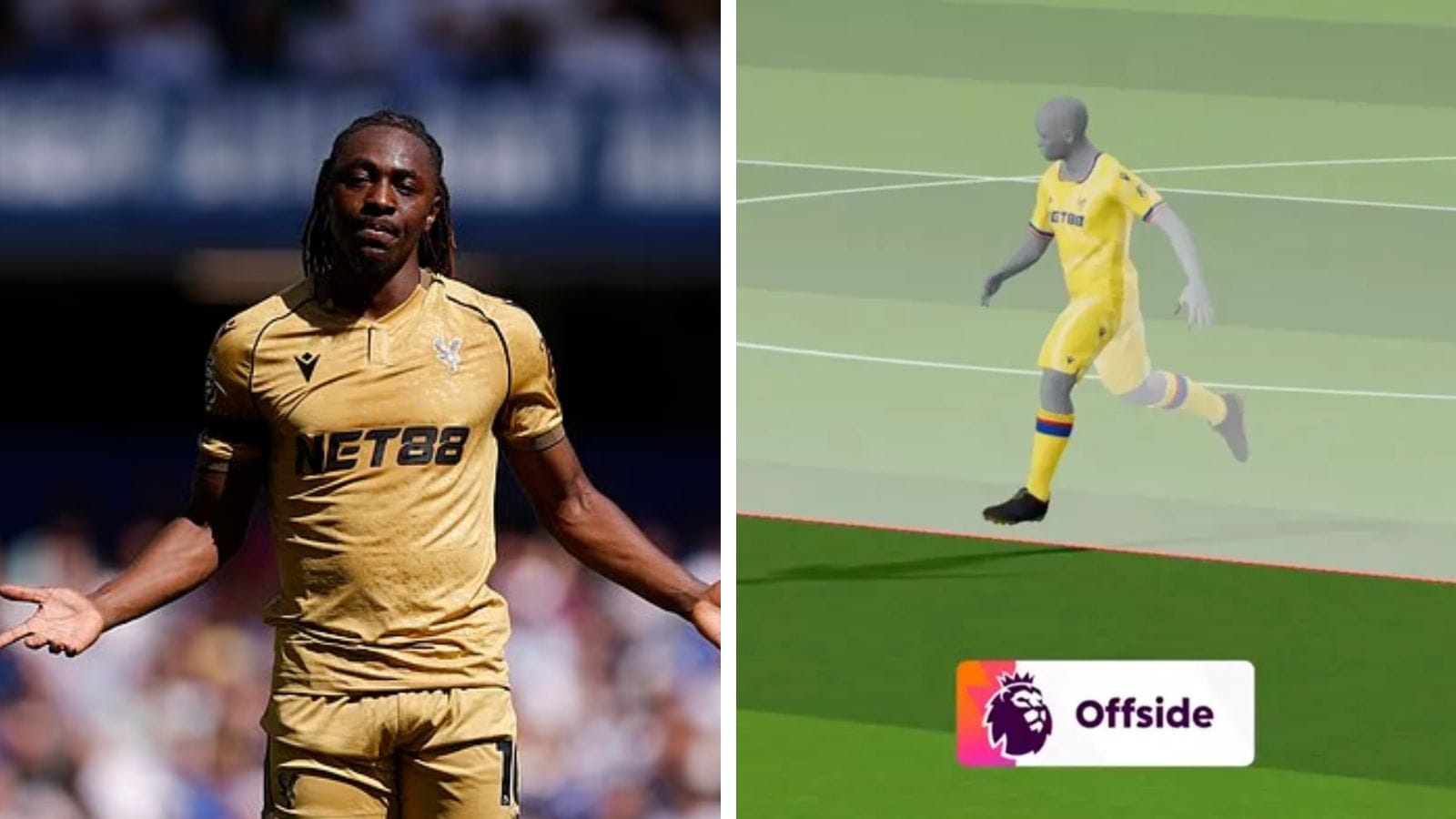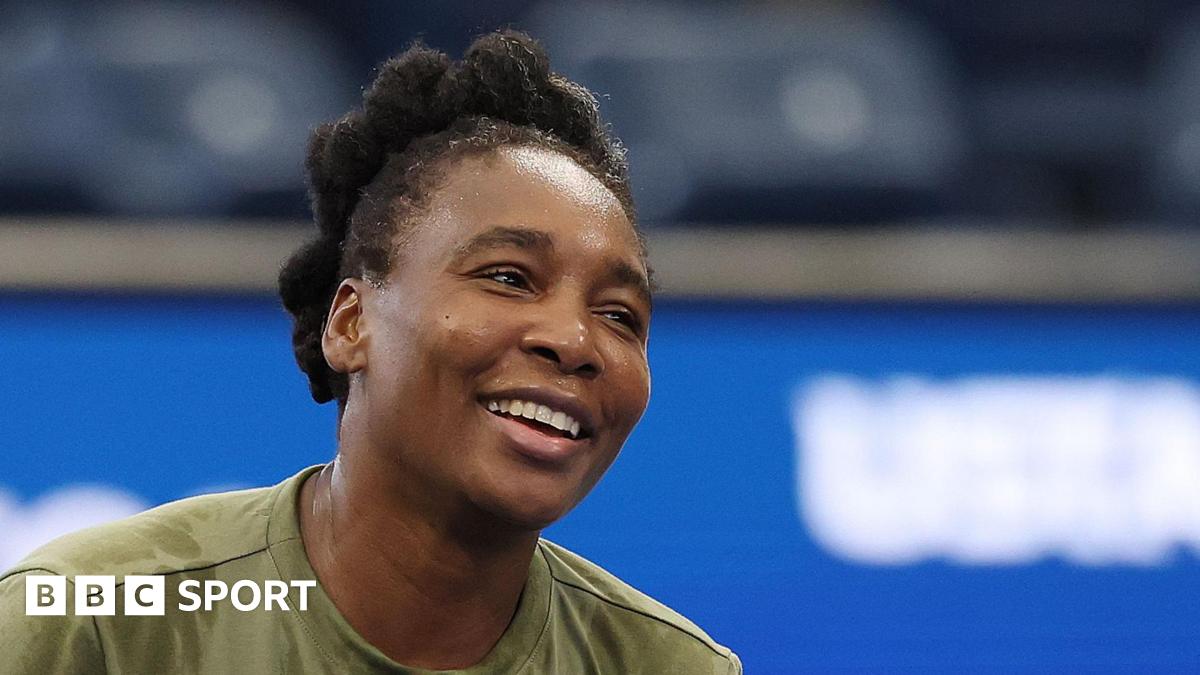Little-known football rules: Why Eberechi Eze’s disallowed goal is just the latest in the long and quirky history of the sport

Crystal Palace midfielder Eberechi Eze thought he had scored one of the goals of the weekend when his pitch-perfect free kick beat the Chelsea wall and slammed into the back of the net in last Sunday’s match at Stamford Bridge. His ecstasy, however, was short-lived as VAR ultimately played spoilsport and chalked off the goal. The players as well as fans were confused as there was no reason to cancel the goal. Or so they thought.It turns out that a little-known rule had come into effect which led to the goal being cancelled. Apparently, Palace captain Mark Guehi had moved too close to the Chelsea wall when the ball was struck by Eze. According to the 13.2 section in International Football Association Board (IFAB) Laws of the Game, “Where three or more defending team players form a ‘wall’, all attacking team players must remain at least 1 m (1 yd) from the ‘wall’ until the ball is in play. “If, when a free-kick is taken, an attacking team player is less than 1 m (1 yd) from a ‘wall’ formed by three or more defending team players, an indirect free-kick is awarded.”This was a pretty rare instance when the rule was actually enforced. Last season, Chelsea’s Reece James had scored a goal similar to it against Bournemouth while two Chelsea players Tosin Adarabioyo and Marc Cucurella stood within one metre.Story continues below this adThere are several such instances of rules in the beautiful game that has come into effect which has more often than not led to fans and players scratching their heads.The double touch fiascoAnother such a rule came into the fore in last season’s Champions League last 16 match between Real Madrid and Atletico Madrid. With the scores tied 1-1 in aggregate, a penalty shoot out was necessitated to separate the two sides.Argentine forward Julian Alvarez had stepped up to take a penalty in the shootout and had managed to outwit Thibaut Courtois with his shot. But to the surprise of everyone, the goal was disallowed because the striker had touched the ball twice. While taking the penalty, Alvarez had slipped and apparently kicked the ball into his standing foot before getting his intended shot away. That had brought into effect IFAB’s law no 14 which stated, “The kicker must not play the ball again until it has touched another player. If they do, an indirect free-kick will be awarded to the opposing team.” Thus, the penalty was ruled out Real ultimately knocked out Atletico. The exact same thing had happened to Aleksandar Mitrovic in 2023 when his strike against Newcastle was ruled out for double touch.But such was the uproar about the Alvarez decision, the IFAB had to tweak the rule for the future. “This situation is rare, and as it is not directly covered in Law 14, referees have understandably tended to penalize the kicker. However, this part of Law 14 is primarily intended for situations where the penalty taker deliberately touches the ball a second time before it has touched another player,” IFAB had stated and in a circular letter to football stakeholders, had clarified that a penalty kick, which is scored now after an accidental double touch, should be retaken.Story continues below this adThe different shades of shootoutsSpeaking of penalty shootouts, there’s also a rule 10.3 where both teams should have equal number of players to take the spot kicks. If one team has a player less due to a sending off during regulation time, the opponent team must reduce its own ranks to maintain parity.“If at the end of the match and before or during the kicks one team has a greater number of players than its opponents, it must reduce its numbers to the same number as its opponents and the referee must be informed of the name and number of each player excluded. Any excluded player is not eligible to take part in the kicks,” the law states.The most famous example of this occurred in the final of the 2006 World Cup when Gennaro Gattuso sat out for Italy after Zinedine Zidane was red carded in regulation time for his infamous headbutt on Marco Materazzi.Another oft forgotten rule during taking a penalty is that the kicker must not play the ball again until it has touched another player in case the ball rebounds off the post. If the ball is touched by the keeper or another player after the initial shot, the kicker can attempt to take advantage of the rebound. “If the kicker touches the ball again before it has touched another player, an indirect free kick (or direct free kick for a handball offence) is awarded, “according to the rule under IFAB’s 14.2 law.Story continues below this adThe Seagull and the Black PantherThere’s another rule that might raise a chuckle from the average fans but Iliman Ndiaye of Everton wasn’t laughing when he was cautioned by the referee for flapping his arms like a seagull in front of Brighton fans after scoring a goal against them. This was because under IFAB’s law no 12.4, “Players can celebrate when a goal is scored, but the celebration must not be excessive; choreographed celebrations are not encouraged and must not cause excessive time wasting.”Aubameyang’s black Panther mask goal celebration. pic.twitter.com/Y9cXlXD36X — TheOnlyCozy (@1Lucifer_1) August 9, 2025Also, according to the same law, ‘covering the head or face with a mask or other similar item’ will also get a player in trouble which former Arsenal player Pierre-Emerick Aubameyang found out first-hand when he celebrated a Europa League goal against Rennes with a Black Panther mask.Cut from the same cloth(es)There’s also a rare rule that allows the goalkeepers to wear tracksuit bottoms, something that is not afforded to any outfield players. While it’s pretty rare to see keepers kitted out that way, the legendary René Higuita, the Colombian sensation, who is famous for his scorpion kick saves, can be seen wearing these long track pants while keeping.In another apparel-based rule, English Football League (EFL) clubs in 2023 banned the use of towels by players to wipe the ball before attempting a throw-in. The rule also states that players cannot use clothes items from fans to wipe the ball, a situation which happened when a Rotherham United fan gave Wes Harding his jumper to wipe the ball with, in the hope of bypassing the towels rule.How (not) to score a goalAccording to IFAB’s Law 15, a goal cannot be scored directly from a throw-in. In case the ball enters the opponents’ goal – a goal kick is awarded while if the ball enters the thrower’s goal – a corner kick is awarded. In 2002, Aston Villa conceded a bizarre goal from a throw-in when Olof Mellberg threw the ball towards his goalkeeper Peter Enckelman and the ball slipped into their own goal. The referee assumed that the Villa No.1 had touched the ball with the bottom of his studs and thus the goal stood. If the referee had thought otherwise, Villa would have conceded a corner kick instead of the goal.









